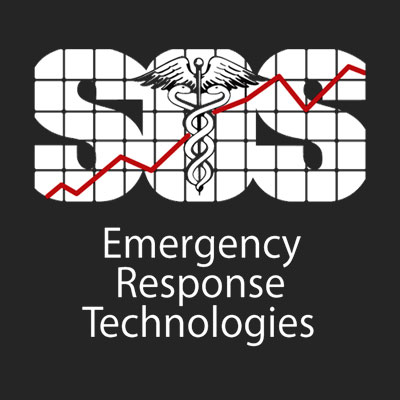
Common Questions with Important Answers
There are many questions that could have a substantial impact during an emergency and as result we’ve listed 10 important questions about what you can do in case of an emergency and how choosing SOS Emergency Response Technologies can improve the situation.
01. What are the benefits to having the SOS oxygen unit in my workplace?
- SOS Oxygen unit is the only fully automated oxygen unit
- Easy to operate, single on-off lever reduces responder anxiety.
- Easy to carry.
- Pre-set oxygen flow allows for safe operation by any non-medical responder.
- Two stage regulator safely delivers oxygen and requires no bleeding.
- Dual purpose face mask provides for both inhalation and resuscitation.
- All of our customers receive a unique complete service and maintenance program and are NEVER without an oxygen unit
02. What is included in the SOS Workplace OHS Program?
- SOS Oxygen Unit
- 24 hour response time for service and repairs
- Annual service inspections (including government required testing)
- First Aid Training
- First Aid and Emergency Preparedness on site product audits
- Repairs or upgrades as needed
- Inquire about our advanced SOS Workplace OHS/PPE program that includes AED with your oxygen unit
03. Why is emergency medical oxygen so important during a medical emergency?
Medical emergencies are usually accompanied by low tissue oxygen levels (not enough oxygen supply to tissue and organs). If this progresses, the brain will begin to die first (within 4 minutes), with other organs following. Additionally, low oxygen levels to the heart may lead to cardiac arrest. After AIRWAY, supplemental oxygen is the most important first step in any first aid treatment. This why paramedics use emergency oxygen to EVERY medical emergency.
04. When should emergency oxygen be started?
Emergency oxygen should be started IMMEDIATELY AFTER a clear and open AIRWAY is established.
05. Can oxygen ever be harmful in a medical emergency?
Oxygen is NEVER harmful during a medical emergency. It always enhances the likelihood of a better outcome for the victim. New research (started in the 1980s) and publications find that oxygen DOES NOT suppress respiratory drive, and is important to ALL victims of sudden life-threatening illness or injury. Oxygen should be continued until the EMS arrives. Maintaining oxygen on the improved or recovered victim may prevent relapse into cardio-respiratory arrest.
06. Who can provide emergency oxygen?
Anyone instructed in its use can. Providers should be familiar with the manufacturer directions and instruction materials. The SOS Workplace Health & Safety Program includes in-service instruction on the oxygen unit at no extra charge.
07. Isn’t oxygen dangerous? Can’t it catch fire and explode?
Oxygen does not catch fire or explode! It supports and accelerates combustion. Oxygen is perfectly safe when handled and used properly.
08. If I am not sure whether to give emergency oxygen, what should I do?
GIVE IT! It is far better to over use it than to under use it and miss the opportunity to improve the victims condition. REMEMBER, it is not harmful and may save a life!
09. Does Health Canada require its emergency oxygen suppliers to have a special license?
SOS Emergency Response Technologies has the required Health Canada license and was one of the first companies in BC to receive certification.
10. Why should I choose SOS Emergency Response Technologies as my health & safety supplier?
With over 40 years of experience and inside and outside account representatives on staff anyone on our team can assist you to Put Safety First! As a one-stop shop for your health & safety requirements we are the leaders in this industry.

Emergency Oxygen
First Aid Supplies
Emergency Supplies
First Aid Training
Unit 2135
12191 Hammersmith Way
Richmond, BC
V7A 5H2, Canada
Email: info@sostech.ca
Phone: 604-277-5855
Toll Free: 1-800-709-0906
